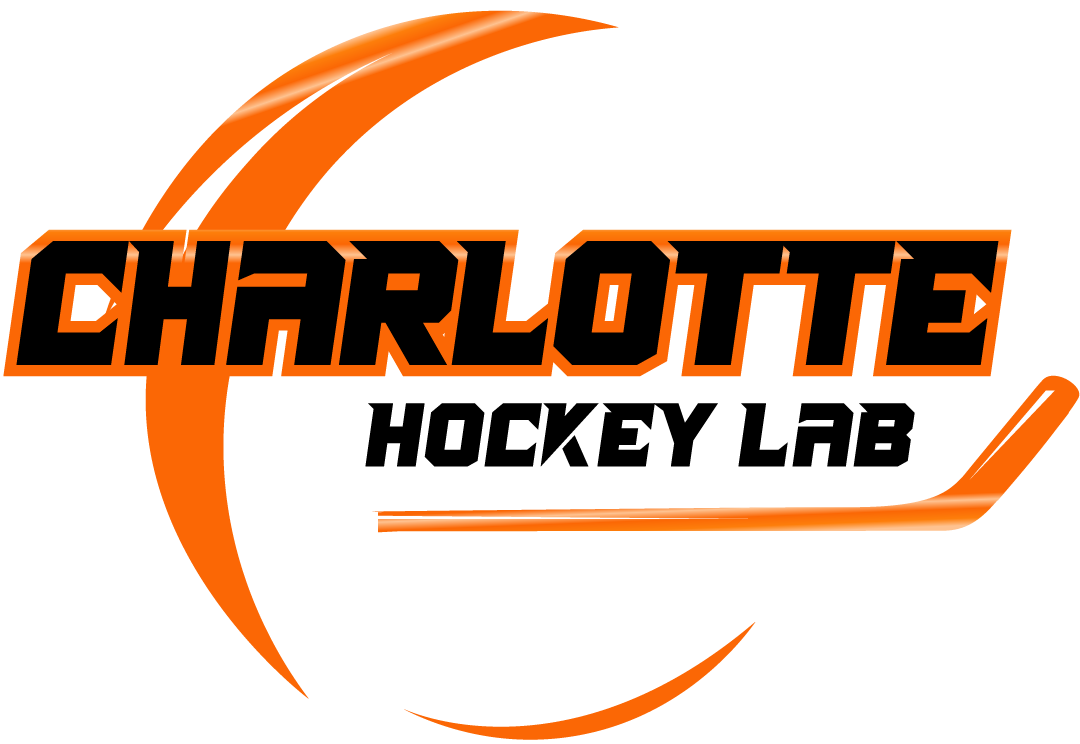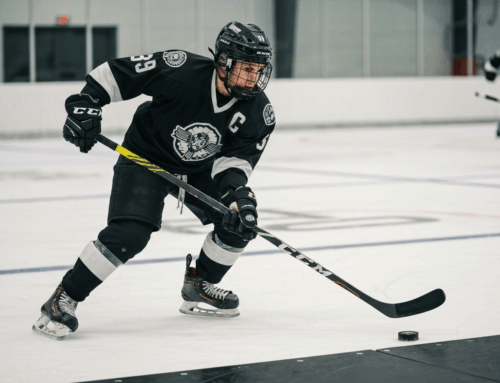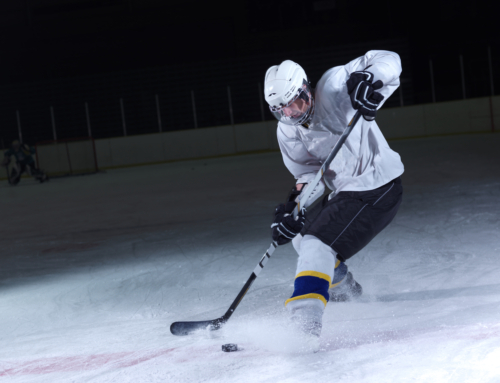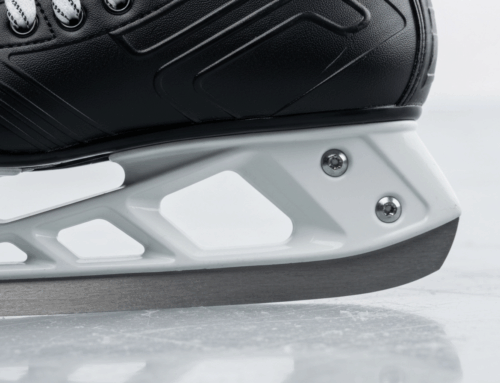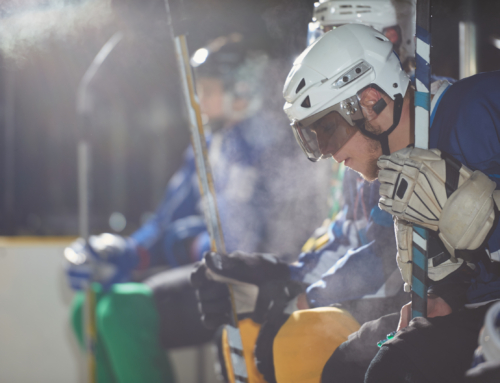Elevate Your Game: Master Advanced Balance and Agility at Charlotte Hockey Lab
Unlock Your Potential: The Importance of Balance and Agility in Hockey
In the high-speed, unpredictable world of ice hockey, every stride, pivot, and shot demands exceptional physical prowess. Among the most critical attributes for any player are balance and agility. These aren’t merely supplementary skills; they are foundational elements that dictate a player’s effectiveness, decision-making, and ability to dominate on the ice. While often used interchangeably, it’s important to understand the distinction: balance is the ability to maintain your center of gravity over your base of support (e.g., standing on one skate), while stability is the capacity to regain or maintain a desired position despite external forces, such as a check or an aggressive turn. Mastery of these skills provides players with the ability to execute precise movements, maintain puck control under pressure, and react instantaneously to changing game situations. Developing Advanced Balance and Agility allows players to move with unparalleled fluidity and control, translating directly into enhanced on-ice performance.
Mastering Advanced Balance and Agility: On and Off the Ice
Achieving true mastery in hockey requires a comprehensive approach that integrates both on-ice drills and targeted off-ice conditioning. On the ice, fundamental skating techniques form the bedrock of agility. A proper “power position” with a deep knee bend, low hips, and head up is essential for generating speed, control, and balance, as highlighted by Elite Hockey Canada. Developing explosive first strides, full stride extension, and active knee and ankle flexion are critical for maximizing speed and acceleration. Furthermore, mastering edgework—controlling inside and outside edges, executing crossovers, and performing mohawks—is vital for sharp turns and sudden changes in direction.
Off-ice training complements on-ice development by building the raw strength, power, and coordination necessary for superior balance and agility. This includes focusing on single-leg exercises and core stability, as massive single-leg force is required to turn and corner effectively on skates. Exercises that put athletes in compromised or unstable positions off-ice, even greater than what they experience on ice, can significantly improve their maneuverability and core stabilization. Agility training isn’t just about physical movement; it also heavily relies on perceptual-cognitive abilities such as visual scanning, anticipation, pattern recognition, and reaction time, underscoring the importance of training the mind alongside the body.
Revolutionizing Training with Charlotte Hockey Lab’s Advanced Technology
At Charlotte Hockey Lab, we believe in leveraging cutting-edge technology to unlock a player’s full potential. Our approach to enhancing Advanced Balance and Agility goes beyond traditional methods, incorporating state-of-the-art tools and analytical systems designed to provide precise feedback and customized training protocols. Our facility is equipped with advanced technology that can analyze every nuance of a player’s movement, identifying inefficiencies and areas for improvement with unparalleled accuracy. This technological edge allows us to create highly personalized training regimens that target specific balance and agility deficiencies, accelerating skill development.
For instance, tools like those described by VertiMax offer resisted and assisted movements that directly translate to on-ice explosive power and agility. By attaching resistance to players during various drills, our technology can enhance leg and arm drive, improve quickness, and build the sustained force production needed for continuous high-intensity shifts. This integration of technology enables us to simulate game-like scenarios with precise data capture, providing our athletes with a revolutionary training experience. Learn more about our innovative approach and the tools we utilize by visiting Our Technology page.
Essential Off-Ice Drills for Enhanced Stability and Quickness
Off-ice training is a non-negotiable component for developing superior stability and quickness in hockey players. While balance boards and unstable surfaces might seem intuitive, the most impactful gains often come from exercises that build genuine strength and stability in functional movements. Here are some essential off-ice drills that directly translate to on-ice performance:
- Single-Leg Holds: Focus on holding a low athletic position on one leg, aiming for complete stillness. This activates critical stabilizer muscles in the foot and ankle.
- Single-Leg RDL to Reach: This challenges stability while hinging at the hip, crucial for balance during dynamic movements on the ice. The goal is slow, controlled movement.
- Lawn Bowlers: An advanced single-leg exercise that pushes your center of gravity to the limit, forcing aggressive bracing to maintain balance. This builds significant whole-body stability.
- Box Step Downs: Excellent for knee and ankle stability, this quad-dominant exercise involves controlled lowering from a box, focusing on preventing inward knee collapse.
- Lateral Bounds: These plyometric exercises build explosive lateral power and teach the body to absorb and stabilize momentum, essential for rapid stops and changes of direction.
- Dot Drill: A classic off-ice agility drill that can be easily set up and helps improve foot speed, quickness, and coordination through various rapid foot patterns. Weiss Tech Hockey provides a detailed breakdown of this effective exercise.
USA Hockey’s dryland training resources also emphasize the importance of age-appropriate off-ice exercises that build agility, balance, and coordination, highlighting their role in complementing on-ice play. These exercises, when performed consistently and with proper technique, will significantly enhance a player’s on-ice stability and quickness.
Translating Training to Performance: Game-Day Agility and Control
The ultimate goal of all balance and agility training is seamless translation to game-day performance. This means moving beyond rehearsed drills to developing reactive agility—the ability to respond instinctively and effectively to unpredictable stimuli on the ice, such as the puck’s movement or an opponent’s shift. As detailed by Hockey Training, true agility encompasses both physical change-of-direction speed (CODS) and perceptual-cognitive skills like anticipation and rapid decision-making. Incorporating reactive training methods, such as “Sprint and Chase” or “Lateral Mirror Drills,” helps players bridge the gap between predictable practice movements and chaotic game scenarios.
Mental focus also plays a significant role. Hockey experts emphasize that players must be able to maintain balance even when their eye focus is away from their center of gravity, constantly scanning the ice for opportunities and threats. This requires training the mind to process information quickly and initiate the correct physical response. By emphasizing these reactive and cognitive elements, players learn not only *how* to move effectively but also *when* and *why* to make those crucial split-second adjustments, ultimately gaining superior control in high-pressure situations.
Beyond the Basics: Elevating Your Entire Hockey Game
While balance and agility are fundamental skills, their true impact is seen in how they elevate every other aspect of a hockey player’s game. Improved balance enhances puck protection, allowing players to shield the puck more effectively from defenders and maintain possession under duress. Increased agility directly contributes to offensive breakouts and strategic puck possession in the offensive zone, enabling players to create scoring opportunities and transition seamlessly from defense to offense. For insights into strategic puck possession and offensive zone play, explore Charlotte Hockey Lab’s article on Boosting Offense.
Furthermore, these attributes are intertwined with other critical physical qualities like mobility, strength, and power. Developing hip mobility, for instance, allows for more powerful athletic positions and fluid multi-directional movement, which is essential for changing direction efficiently. Integrating strength and power training ensures that players can generate the explosive force needed for rapid acceleration and deceleration, making every movement on the ice more impactful. By focusing on Advanced Balance and Agility, players are not just improving isolated skills; they are enhancing their overall athleticism, leading to a more complete and dominant performance on the ice.
Take the Next Step: Train Your Advanced Balance and Agility at Charlotte Hockey Lab
To truly excel in hockey, players must continuously refine their physical and mental capabilities. Developing Advanced Balance and Agility is a journey that requires expert guidance, dedicated training, and access to the best resources. At Charlotte Hockey Lab, we are committed to providing a premier training environment designed to help athletes of all levels reach their peak performance. Our facility combines state-of-the-art technology with experienced coaching partners to deliver tailored programs that address the unique demands of hockey. Our coaches are equipped to guide you through personalized drills and exercises, ensuring you build the foundational strength, dynamic stability, and reactive quickness necessary to outmaneuver opponents and control the game.
We invite you to experience the difference that a focused, technology-driven training approach can make. Our programs are designed to enhance your on-ice speed, power, and control, translating directly into a more confident and effective game. To learn more about our facility and the team dedicated to your hockey development, visit our About Us and Our Facility pages, and discover the expertise of our coaching partners.
Have more questions or want to get in touch? Visit our Contact Us page. We look forward to hearing from you.

We use only the finest ingredients to produce stellar tastes.
